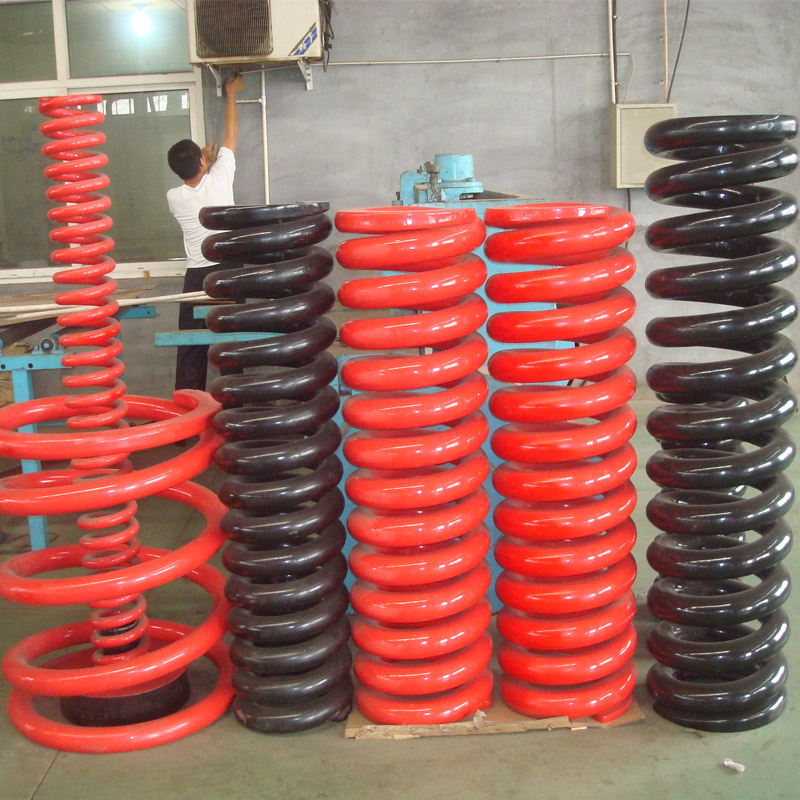
- Mobile Phone
- +8613931874955
- sales@cntcmetal.com
Understanding the Mechanics and Applications of Helical Extension Springs in Engineering
Understanding Extension Helical Springs Design, Function, and Applications
Extension helical springs are mechanical components designed to absorb energy, store potential energy, and provide resistance in various engineering applications. These springs are characterized by their helical coil shape, allowing them to extend and contract under tension. In this article, we will explore the design, functionality, and practical applications of extension helical springs.
Design of Extension Helical Springs
The design of an extension helical spring is fundamental to its performance. The key elements include material selection, coil diameter, wire diameter, number of coils, and the spring's overall length when unstressed. Common materials used for manufacturing these springs include high-carbon steel, stainless steel, and other alloys designed to enhance durability and rust resistance.
The wire diameter and coil diameter determine the spring's rate, which is a measure of its stiffness. The spring constant is calculated based on the formula \( k = \frac{Gd^4}{8D^3N} \), where \( G \) is the modulus of rigidity, \( d \) is the wire diameter, \( D \) is the coil diameter, and \( N \) is the number of active coils. A proper understanding of these parameters allows engineers to create springs that meet specific loading requirements in their applications.
Moreover, the number of coils influences both the flexibility and the strength of the spring. A higher number of coils generally results in a softer spring, while fewer coils yield a stiffer spring. It's crucial to balance these characteristics to ensure that the spring performs effectively while minimizing the risk of failure.
Functionality of Helical Springs
Extension helical springs work by resisting axial pull forces through elastic deformation. When a force is applied, the spring elongates, storing energy within the material's molecular structure. Once the force is removed, the spring regains its original shape, releasing the stored energy. This ability to stretch and return to its original form makes extension springs ideal for applications requiring repeated motion and energy absorption.
extension helical spring

One important feature of extension springs is the incorporation of hooks or loops at each end. These features facilitate easy attachment to other components, allowing the spring to seamlessly integrate into larger systems. The design of these hooks can vary, depending on the specific application requirements, including load direction and installation constraints.
Applications of Extension Helical Springs
Extension helical springs are widely used across various industries due to their versatility and reliability. One of the most common applications is in automotive systems, where they contribute to suspension components and engine mechanisms. These springs are also found in household items, such as screen door closers and trampoline safety enclosures.
In the manufacturing and machinery sector, extension springs play a crucial role in applications involving tension control, such as in conveyors, packaging machines, and industrial textiles. Their ability to efficiently absorb shocks and maintain consistent force makes them a go-to choice for engineers designing equipment that requires durability and precision.
Moreover, their use extends to consumer products, where they contribute to the functionality of everyday items like paper clips, pens, and various toys. The adaptability of extension helical springs allows manufacturers to implement them in innovative ways, enhancing product performance and user experience.
Conclusion
Extension helical springs are fundamental components in engineering, serving as vital elements that facilitate movement and energy transfer in numerous applications. Understanding their design, functionality, and varied uses can empower engineers and designers to leverage their capabilities effectively. As technology continues to evolve, so too will the innovations surrounding helical springs, ensuring they remain integral to modern engineering solutions.
share:
-
Yard Sign Stakes: Reliable Guardians of Outdoor SignsNewsAug.04,2025
-
Wall Ties: Invisible Guardians of Building StabilityNewsAug.04,2025
-
Resilient Web: The Super Guardian Power of Concrete MeshNewsAug.04,2025
-
Masonry Accessories: A versatile assistant on building foundationsNewsAug.04,2025
-
Iron Binding Wire: the 'invisible reinforcement specialist' in the fields of architecture and industryNewsAug.04,2025
-
Dynamic Spring: The diverse functions and excellent performance of Wire Tension SpringNewsAug.04,2025
-
Your Source for Concrete Wall Ties and Masonry AccessoriesNewsJul.10,2025



















